Rare separately issued map of the Carolinas, extending from Cape Charles and the mouth of the Cheasapeake to St. Maria and St. Philip Island, showing the Limit of King Charles the II. Granted A.D. 1663. Large inset extending from Carven County to the Edistow River, centered on Charleston, showing a close up of the region. This is one of the rarest and most interesting of Moll's regional American maps, which was issued in Humphreys An historical account of the incorporated society for the propagation of the gospel in foreign parts. The map shows towns, roads, English and Indian Settlements, Parish Churches, rivers, islands and other interesting details. Several battles are noted, including Col. Craven's routing of the Indians in 1715 and Col. Barnwell's defeat of the Indians in 1712. No dealer catalogue records for the map in the past 25 years. The map has been flattened and backed to support some fold weakness and very minor loss at the intersections, but is generally a very presentable example. Only the second time we have seen the map in the past 15 years.
Herman Moll (c. 1654-1732) was one of the most important London mapmakers in the first half of the eighteenth century. Moll was probably born in Bremen, Germany, around 1654. He moved to London to escape the Scanian Wars. His earliest work was as an engraver for Moses Pitt on the production of the English Atlas, a failed work which landed Pitt in debtor's prison. Moll also engraved for Sir Jonas Moore, Grenville Collins, John Adair, and the Seller & Price firm. He published his first original maps in the early 1680s and had set up his own shop by the 1690s.
Moll's work quickly helped him become a member of a group which congregated at Jonathan's Coffee House at Number 20 Exchange Alley, Cornhill, where speculators met to trade stock. Moll's circle included the scientist Robert Hooke, the archaeologist William Stuckley, the authors Jonathan Swift and Daniel Defoe, and the intellectually-gifted pirates William Dampier, Woodes Rogers and William Hacke. From these contacts, Moll gained a great deal of privileged information that was included in his maps.
Over the course of his career, he published dozens of geographies, atlases, and histories, not to mention numerous sheet maps. His most famous works are Atlas Geographus, a monthly magazine that ran from 1708 to 1717, and The World Described (1715-54). He also frequently made maps for books, including those of Dampier’s publications and Swift’s Gulliver’s Travels. Moll died in 1732. It is likely that his plates passed to another contemporary, Thomas Bowles, after this death.









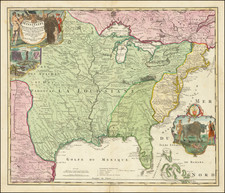
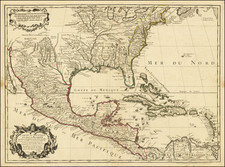
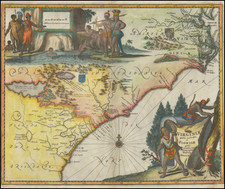
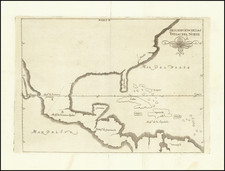
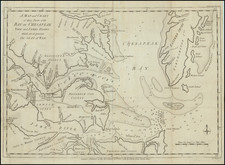
![[French & Indian War] Carte Des Possessions Francoises et Angloises dans le Canada et Partie de la Louisiane . . . 1756](https://storage.googleapis.com/raremaps/img/small/94026.jpg)